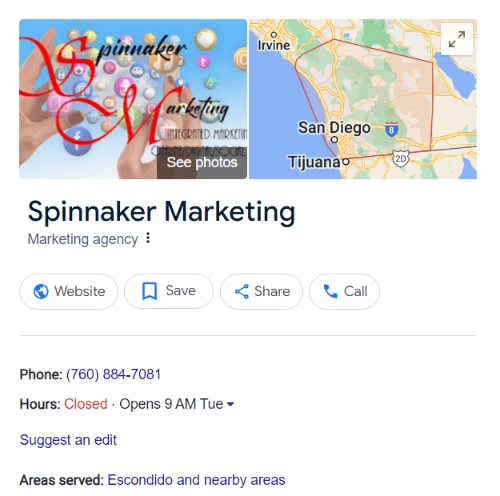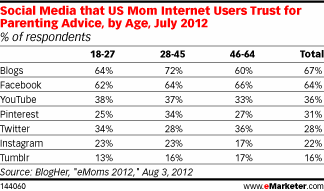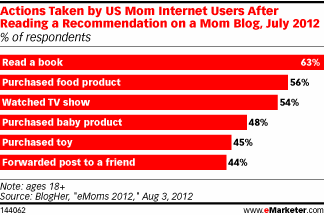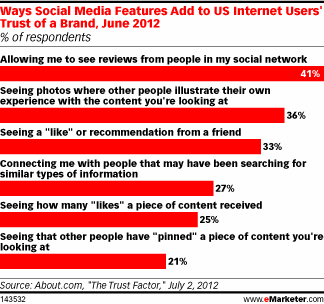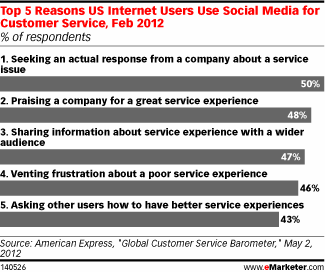Setting up a Google Business Profile (formerly known as Google My Business) is crucial for local businesses looking to enhance their online presence and attract more customers.
The following steps will guide you in creating a Google Business Profile for a virtual business involves several steps.
Sign in to Google Business Profile
- Go to Google Business Profile and sign in with your Google account.
Add Your Business
- Click on “Manage now.”
- Enter your business name.
- If your business name appears in the drop-down menu, it may already have a profile. If it doesn’t, click on “Add your business to Google.”
Choose a Business Category
- Select the category that best matches your business. This helps Google show your business for relevant searches.
Specify Your Location
- For a virtual business, you may want to select “No” when asked if you want to add a location customers can visit.
- You can enter the areas you serve instead. This helps potential customers in those areas find your business.
Enter Contact Information
- Provide your business phone number and website URL. If you don’t have a website, you can create a free one using Google My Business.
Verify Your Business
- Google will need to verify your business to ensure it is legitimate. This is typically done via a postcard sent to your business address, but for virtual businesses, you might be able to verify via phone, email, or other methods. Follow the instructions provided.
Optimize Your Profile
- Add your business hours, photos, and a description of your business.
- Regularly update your profile with posts, offers, and updates to keep your customers informed and engaged.
Manage and Respond to Reviews
- Encourage your customers to leave reviews and respond to them promptly. Positive reviews can significantly enhance your business’s online reputation.
Use Google My Business Tools
- Utilize Google My Business insights to understand how customers find and interact with your profile.
- Use the messaging feature to communicate directly with customers who find you on Google.
Google My Business Tips for Virtual Businesses
- Service Area: Clearly define your service area so customers know where you operate.
- Virtual Services: Highlight any virtual services or consultations you offer.
- Regular Updates: Keep your profile updated with any changes in services, hours, or contact information.
By following these steps, you can create a comprehensive Google Business Profile for your virtual business, helping you reach more potential customers online.
Spinnaker Marketing helping you boost your brand visibility across channels

